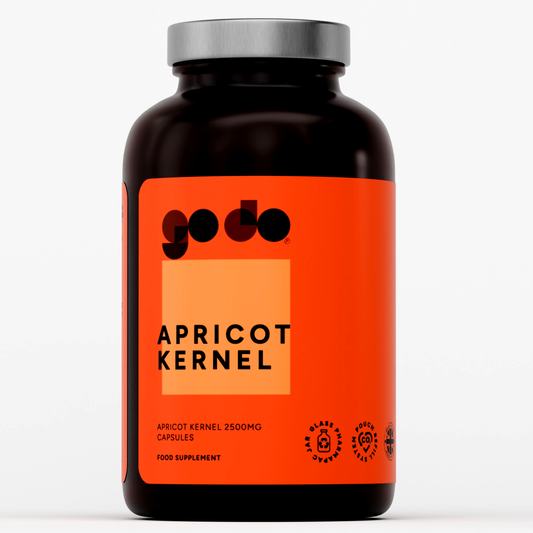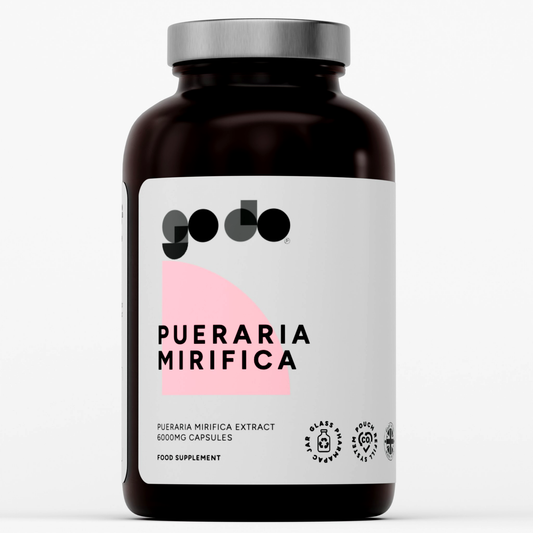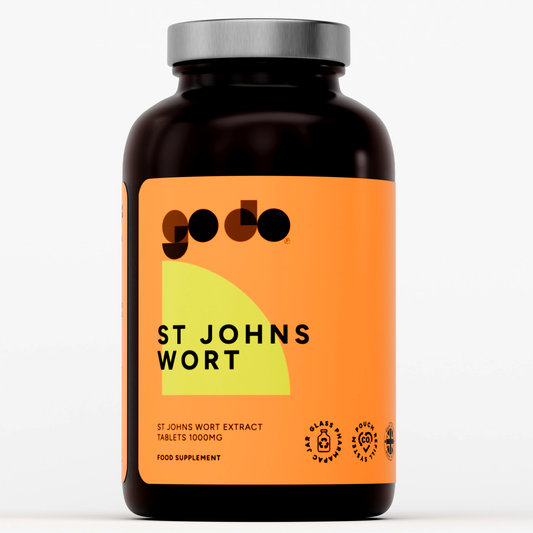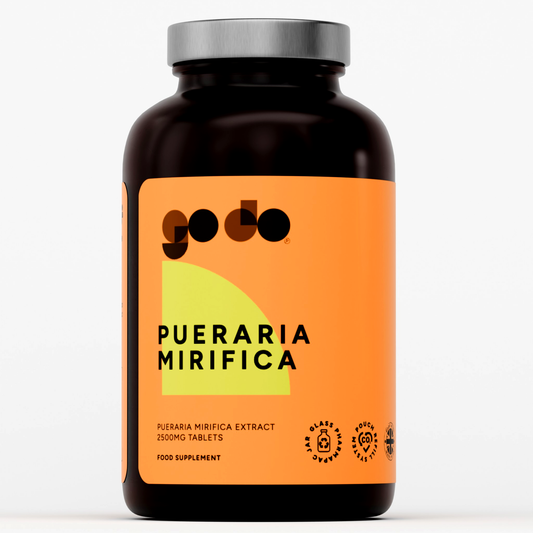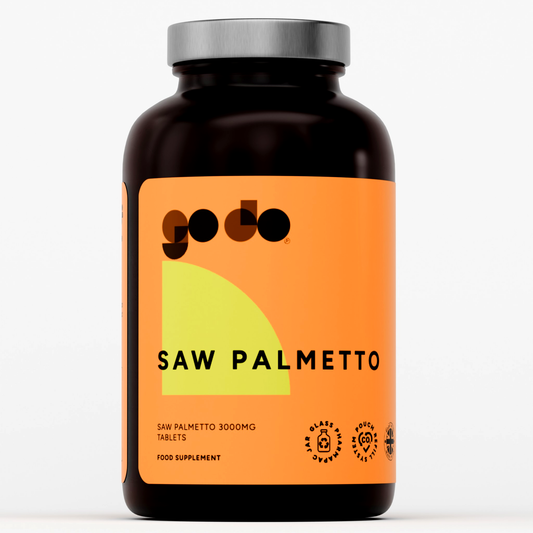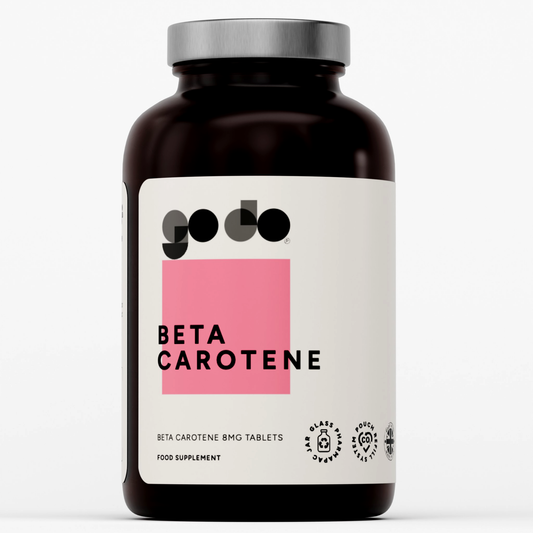
Blood flow is a function of resistance in the blood vessels, as resistance is lessened, blood flow is increased, and as resistance intensifies, blood flow is lessened. The extent of resistance to blood flow is chiefly a function of the span of the systemic blood vessels. The resistance of the whole systemic circulation is termed the total peripheral resistance. As blood vessels throughout the body become constricted, total peripheral resistance intensifies, with opening, peripheral resistance declines. Resistance to blood flow is intensified with increasing thickness of the blood and the size of the vessel. However, these aspects remain comparatively constant under most conditions. Thus, vasoconstriction and vasodilation of blood vessels are the crucial mechanisms for governing local blood flow. During aerobic exercise, blood flow to active muscles is significantly increased by the dilation of local arterioles; and simultaneously, blood flow to other organ systems is lessened by constriction of the arterioles. At rest, 15% to 20% of cardiac output is circulated to skeletal muscle, whereas with enthusiastic exercise this rate may rise to 90% of cardiac output. Approaches of aerobic exercise training are categorised according to the organisation of exercises, the intensity and length of work, and the rest intervals between exercises. When scheduling and conducting training, the individual should adjust the quantity of work and rest according to his or her needs. Generally speaking, there are the following methods of training:
- Continuous with unbroken intensity
- Continuous with mutable intensity
- Repetitive
- Interval
- Circuit
No single training method is adequate to completely develop any given ability. Therefore, training has to comprise the proper set of approaches to suit the state of affairs and therefore increase and improve bodily circulation.
Bibliography
- Ackland, Timothy R., Bruce Elliott, and J. Bloomfield. Applied Anatomy and Biomechanics in Sport. 2nd ed. Champaign, IL: Human Kinetics, 2009.
- Baechle, Thomas R., and Roger W. Earle. NSCA Essentials of Strength Training and Conditioning. 2nd Edition. Champaign, Illinois: Human Kinetics, 2008.
- Kurz, Thomas. Science of sports training: how to plan and control training for peak performance. Island Pond, VT, U.S.A.: Stadion, 1991.



